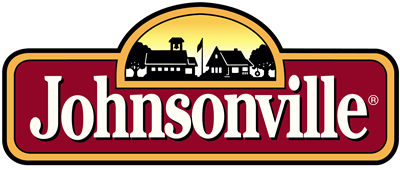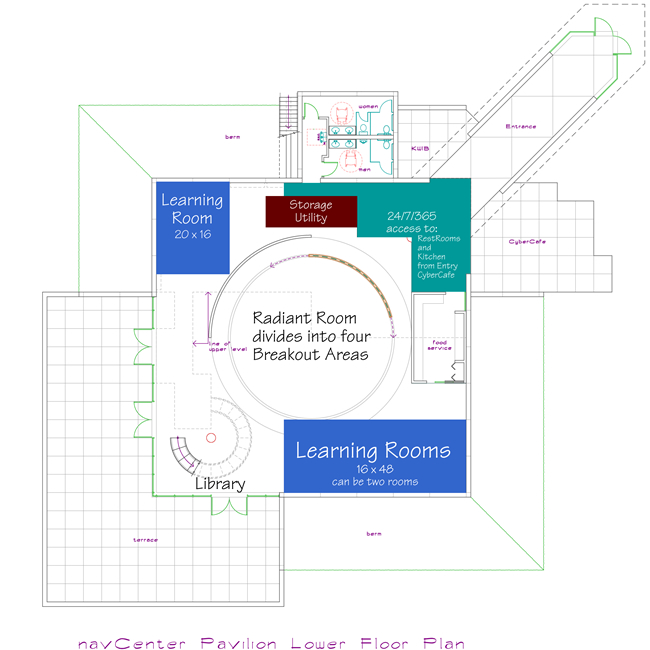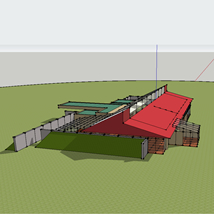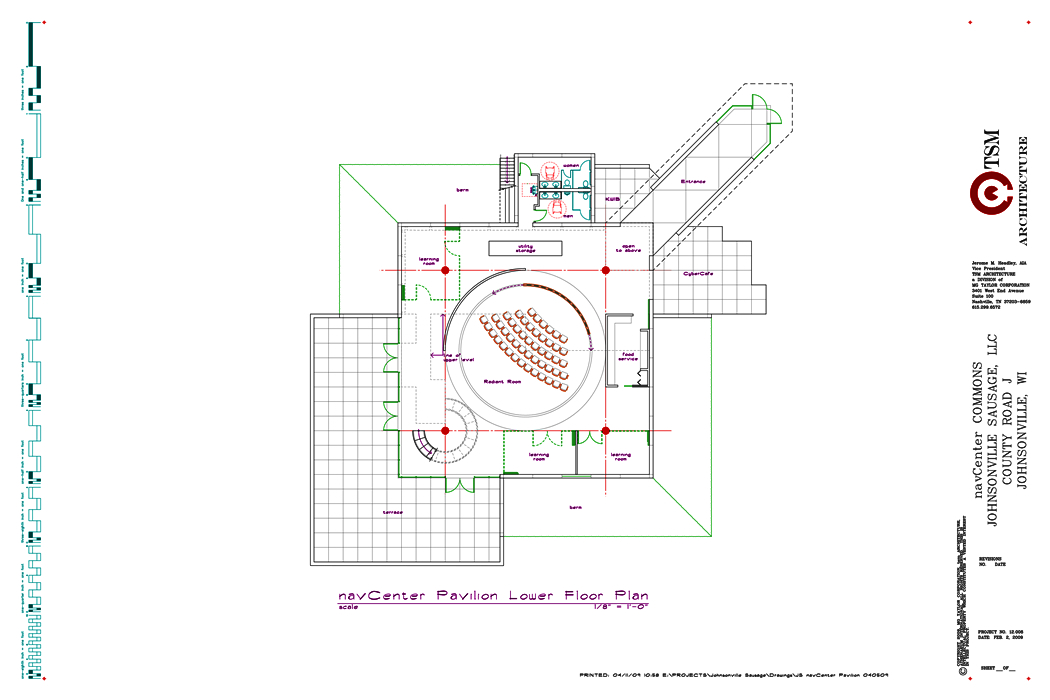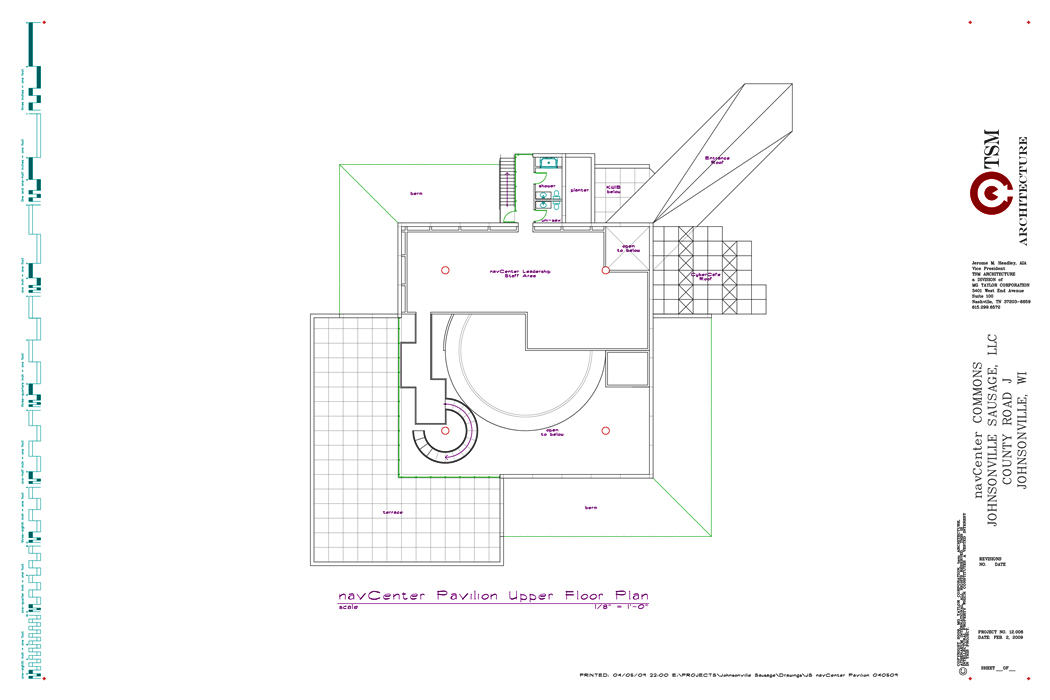 |
return to: Johnsonville navCenter
COMMONS MY JOURNEY |
|
 |
return to: Johnsonville navCenter
COMMONS Program Statement |
|
 |
| return to:Johnsonville navCenter COMMONS INDEX |
|
 |
return to: Johnsonville navCenter
COMMONS FEEDBACK |
|
 |
return to: Johnsonville navCenter
COMMONS REFERENCES |
|
|
Johnson navCenter
AS IS Drawings and Photos |
|
 |
return to: Johnsonville navCenter
COMMONS Schematic Sketches |
|
 |
return to: Johnsonville navCenter
COMMONS Phases & Schedule |
|
Johnsonville navCenter |
|
C O M M O N S |
|
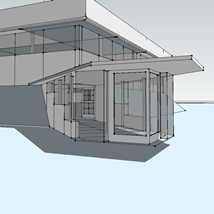 |
EarthWorks |
Inside |
|
|
click on drawings above to go to description of these designs • RETURN to 3 Options MATRIX |
click on drawings above to download pdf |
Designed and to be Built From the Ground Up |
| Three designs, out of a group of five prospects, were conceived more or less at the same time yet developed in the order presented in the Options MATRIX: Pavilion One, EarthWorks and Inside. |
| As I proceeded, after the designs were initially drawn, I worked back and forth among them taking the best features from each and incorporating them into the others. All three of these buildings share the same architectural grammar and materials and methods of construction. Each is different in size, complexity to build, site location, orientation and how the functions are weighted and served. |
| The following is a brief narrative with screen shots from the 3d Model of the PAVILION design. The latest SketchUp Model of this work can be down loaded by clicking on the graphic below: |
| This document was posted April 5, 2009 and will take several days to reach a basic level of completion along with its companion pages on EarthWorks and Inside. Check often to see the final Preliminary development of these design take place. |
|
|
Note: as the 3d Models are brought up to date the graphics below will be updated with color, furniture, details and planting |
|
| INSIDE is to be located by the Palomares House. The Entry is aligned to run parallel with and terminate just in front of the face of the house. Given the scale of Pavilion, the distance between the two structures should be about 500 feet. This can be reduced with the use of earth berms and screening landscaping. |
|
|
|
| The ENTRY into Pavilion is an extended Galley with information about and examples of work from the actives of the COMMONS. As you proceed inward, it opens to the CyberCafe on the left and the KWIB on the right. A kiosk with activity schedules will be located at the threshold of the Main Room. |
|
|
|
| The Main Space is a 68 by 68 foot by nineteen and a half foot high space about 40% of which contains a second level balcony. A 81 and a half foot roof “floats” three and a half feet above the surrounding walls which themselves become a two story high window wall on the the Southwest corner of the building opening to a generous Terrace. The roof, with its 32 foot skylight sits on four round columns. In the center of the Main Space is a 44 foot collaboration area which can be used for large groups and divided into several sub-areas for team learning and design work. |
|
|
|
Restrooms, Kitchen & Utilities |
| To the left upon entering the Main Room is a Kitchen-Food Service area suitable for supporting user teams and catering large events. On the right, through the exterior wall is access to Restrooms from the Main Floor and the Balcony level. The blue zones on the left and bottom of the drawing are Learning Rooms defined by folding wood and glass doors. These can be configured in a variety of ways. The green zone shows the 24/7/365 access, from the Entry and CyberCafe, to the Restrooms and Kitchen-Food Service Area when the Commons is “closed.” The Library is built into the circular stairway to the Balcony Bridge which also holds private work niches. The remaining (white) areas are employed for a number of uses: smaller breakout- team work areas, KnowledgeWorker stations supporting events, display of work produced and study materials, knowledge-kiosks and so on. These areas and, their WorkFurniture, will be rearranged continuously as the learning work tasks change. The trade-off factors in how these areas are built are cost, flexibility and quality. For example, it is less expensive to make some of the Learning Rooms walls out of built-in-the-field, steel stud and sheet Roc construction. However, flexibility is lost. Clearly, folding wood and glass doors are more expensive yet offer greater long range returns. In DD, we will offer these tradeoff and the Johnsonville Team can choose what is the best mix. |
|
|
|
| At the parameter walls, offset from the collaborative circle are two large Learning Rooms with folding wood and glass doors. Each of these rooms can be dived into two spaces and opened, when required to the large space. The Learning rooms can be used as team breakout areas for large design events. |
|
|
|
| The Leadership Team Office and collaborative work space is located on the Balcony. This is accessed from a circular stairway adjacent to the Terrace and a platform with has work niches. There is also an entry-exit of the rest Room area. The balcony space can be opened or shut off from the Main Room by a series of wood and glass opening shutters. The configuration of the personal workspaces of the team will be accomplished by POD-like folding and rolling screens which can be adjusted to provide a variety of degrees of inclusion-exclusion as desired by each individual. The team collaborative space is in the center of these areas. |
|
|
|
| The collaboration space on the Main Level is called the Radiant Room. This name refers to it media display capability and extensive rolling WorkWalls which allow hours of dialog to be captured and displayed [future link: origin of radiant room]. |
|
|
|
| The building, except where the Entry, CyberCafe and Restrooms protrude from the Main Room, is protected by a seven and a half foot wide and high planted earth berm with the exception of the Southwest corner which has a Terrace for sitting, reading, dialog and team groupings in good weather. Pavilion is designed to embrace the site and to feel open and “warm” throughout the four seasons. Its use of light, shade and shadow, open and closed views, keeps user’s sense of season and time of days acute. |
|
|
|
| Pavilion is designed to function predominately with natural lighting supplemented with mechanical sources. This means that light will always be changing. A highly lit, uniform, steady, artificial light standard is rejected by this approach. General lighting, task lighting, highlighting and effecting lighting are treated as individually controlled yet integrated systems. Facilitators and users can “dial-in” the “mood” and utility which fits their task at hand. Most mechanical lighting will be contained in pavilion’s steel truss Armature. Natural lighting with be controlled, generally by the placement of tinted glass and specifically by operable screens. In the Design Development Phase, the 3d Model will be used to study lighting at various times of the day and night in relation is specific activities. This will be so of all of the designs. |
|
|
|
HVAC, Plumbing, Electrical |
| All three of the new building designs are designed to use a geothermal, heat pump, radiant floor heating and fresh air filtration system to provide a comfortable and healthy interior environment which is also economical. The specific challenges and configurations will be different for each building. Pavilion has the greatest glass exposure of the three. |
|
|
|
Structure and Building Materials |
| The structure of Pavilion is a tri-level lightweight steel truss system which rests on four concrete columns. The truss braces the exterior walls, both glass and pre cast concrete, which are predominately non load bearing - the exception is that the exterior pre cast concrete walls will take haft the load of the Balcony area the remaining being suspended from the truss at the center of the building. The pre cast concrete walls will come finished and will remain as pored. The steel will be painted. The concrete floors will be pored in place with integral color. Some wood flooring will be used on the main Level and the balcony will be carpeted. This is an environment of simple, basic materials, put together very well and exposed to express their function and nature. The AI WorkFurniture will introduce woods and textures. While important in all three designs, glass is the predominate material in Pavilion and what gives it its unique quality. |
|
|
posted:
April 5, 2009 • revised: April 12, 2009 • this document is 15% complete |

SolutionBox
voice of this document:
ENGINEERING • STRATEGY
PRELIMINARY
|
click on graphic for explanation of SolutionBox |
|
|
| Return
to Taylor Notebook INDEX |
|
|
|
|
| Return
to C O M M O N S INDEX |
|
|
|
|
|
|
